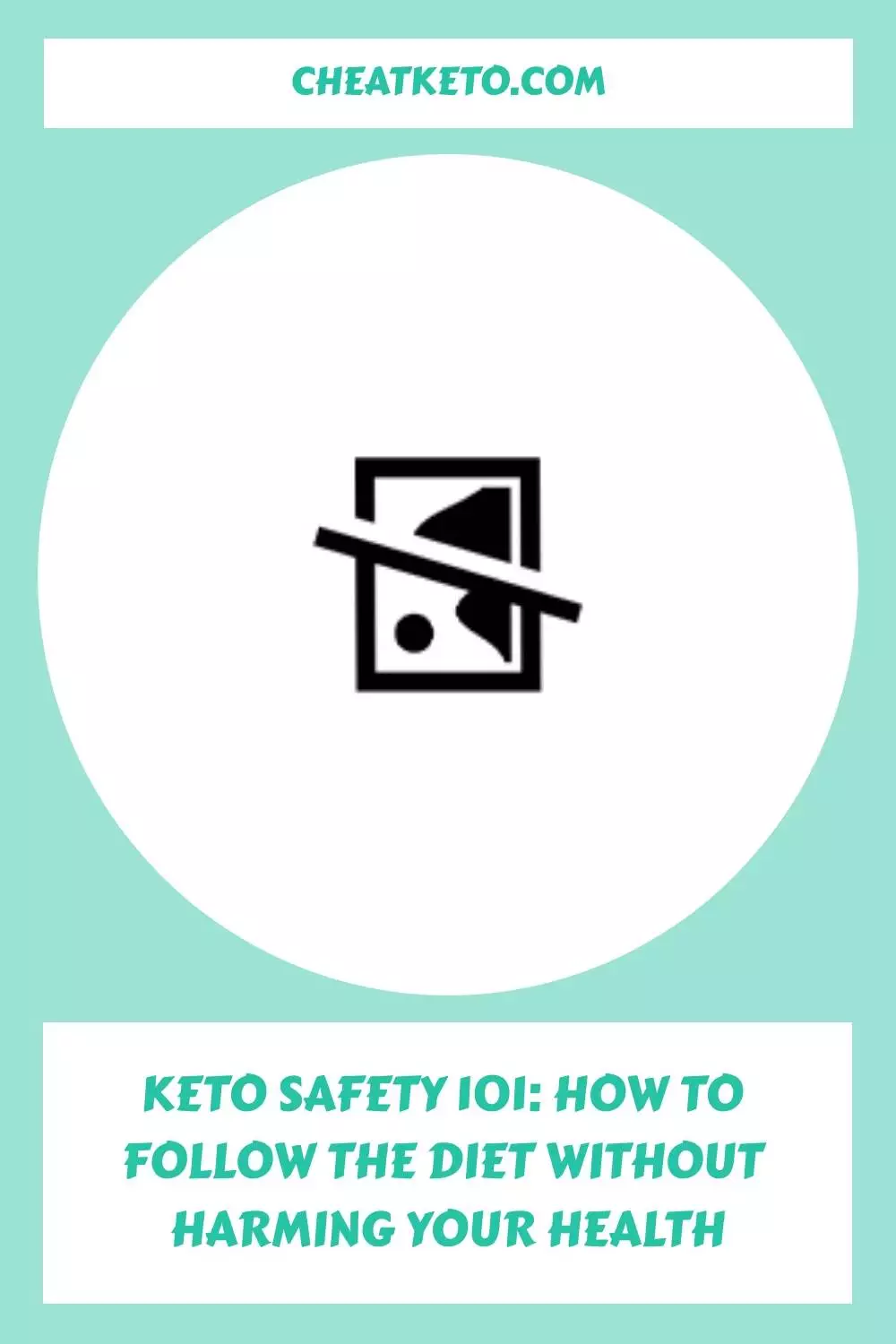Keto Safety 101: How to Follow the Diet Without Harming Your Health
The ketogenic diet, or simply “keto,” has become increasingly popular in recent years as a way to lose weight and improve overall health. However, like any restrictive diet plan, there are potential risks associated with following this low-carb, high-fat eating regimen. In this article, we’ll explore everything you need to know about keto safety, including how to follow the diet safely, common side effects, supplementation needs, exercise considerations, and more.
Introduction to Keto Safety
Before diving into the specifics of keto safety, it’s essential to understand what the diet entails. The keto diet is a high-fat, moderate-protein, and very low-carbohydrate diet that forces your body to burn fat for energy instead of glucose from carbs. This process leads to the production of ketones, which can be used by the brain as an alternative fuel source. While the keto diet has been shown to have numerous benefits, such as rapid weight loss and improved blood sugar control, it also comes with some potential risks if not followed correctly.
What Is the Keto Diet?
As mentioned above, the keto diet is a high-fat, moderate-protein, and very low-carbohydrate diet. Typically, the macronutrient breakdown on the keto diet looks something like this:
Fats: 75% of calories (or higher)
Proteins: 20-30% of calories
Carbohydrates: Less than 5% of calories
On the keto diet, you’ll want to focus on consuming whole food sources of healthy fats, such as avocados, nuts, seeds, olive oil, coconut oil, and grass-fed butter. You should also aim to consume lean proteins, such as chicken breast, salmon, and eggs, while limiting intake of processed meats and red meat. Additionally, you’ll want to avoid all grains, starchy vegetables, sugary fruits, and other high-carb foods.
Is the Keto Diet Safe for Everyone?
While the keto diet has been shown to have numerous benefits, it may not be safe for everyone. For example, individuals with certain medical conditions, such as kidney disease or type 1 diabetes, may require careful monitoring when following a high-fat diet. Similarly, pregnant women or those who are breastfeeding should consult their doctors before starting the keto diet. It’s always best to speak with your doctor or registered dietitian before making significant changes to your diet.
How to Follow the Keto Diet Safely
If you decide to try out the keto diet, here are some tips for doing so safely:
Start slow: Gradually reduce your carb intake over several weeks to give your body time to adjust.
Stay hydrated: Drinking plenty of water helps flush out excess ketones and prevent dehydration. Aim for at least eight glasses per day.
Monitor electrolytes: Following a low-carb diet can lead to decreased levels of sodium, potassium, and magnesium. Consider taking a daily multivitamin or supplementing with these nutrients separately.
Eat enough protein: Consuming adequate amounts of protein is crucial for muscle preservation and hormonal balance. Aim for around 0.8 grams of protein per pound of bodyweight each day.
Get regular exercise: Exercise can help boost ketone production and improve insulin sensitivity. Aim for at least 30 minutes of physical activity most days of the week.
Common Side Effects of the Keto Diet and How to Manage Them
One of the most common side effects of the keto diet is the “keto flu.” This refers to symptoms such as headaches, fatigue, and irritability that can occur during the initial transition period. To manage these symptoms, try drinking plenty of water, getting extra rest, and incorporating stress-reducing activities like meditation or yoga.
Another potential side effect of the keto diet is constipation due to its lack of fiber. To combat this, make sure to eat plenty of non-starchy veggies like leafy greens and cruciferous vegetables, and consider adding a fiber supplement if needed.
The Role of Macronutrients in a Healthy Keto Diet
In addition to staying within the recommended macronutrient ratios, it’s important to prioritize whole, unprocessed foods on the keto diet. Here are some examples of healthy keto-friendly foods:
Avocado
Spinach
Broccoli
Salmon
Chicken breasts
Coconut oil
Olive oil
Supplementation on the Keto Diet: Which Ones Are Necessary
Due to the restrictions of the keto diet, it’s possible that you may fall short on certain vitamins and minerals. Here are some supplements that may be necessary:
Vitamin D: Since many people don’t get enough sunlight year-round, it’s recommended to take a vitamin D supplement.
Magnesium: Low-carb diets can cause magnesium deficiencies, leading to symptoms like cramps and anxiety. Taking a magnesium supplement can help alleviate these issues.
Potassium: Decreased potassium levels can increase the risk of heart problems. Consider taking a potassium supplement or eating potassium-rich foods like bananas and sweet potatoes.
Exercise Considerations While Following the Keto Diet
Regular exercise is important for maintaining optimal health, even while following a restrictive diet like the keto diet. Here are some things to keep in mind:
Hydration: As previously mentioned, staying well-hydrated is critical when following the keto diet. Make sure to drink plenty of water before, during, and after exercising.
Energy levels: Some people may experience lower energy levels while following the keto diet. If this happens to you, consider modifying your workouts accordingly until your body adapts.
Muscle mass: Due to the reduced intake of carbs, some people may worry about losing muscle mass while following the keto diet. However, studies show that resistance training combined with a high-protein diet can help preserve muscle mass.
Conclusion: Summing Up Keto Safety 101
Following the keto diet can be a safe and effective way to lose weight and improve overall health, but it requires careful attention to macronutrient ratios, electrolyte balance, and supplementation. By paying close attention to these factors and working closely with your doctor or registered dietitian, you can successfully navigate the world of keto safety.

